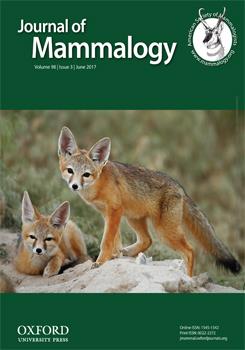The endangered northern quoll (Dasyurus hallucatus) is a predatory marsupial with a wide and disjointed distribution across northern Australia. The disjunct Pilbara population occurs in a uniquely arid area, and faces different threatening processes to populations elsewhere. To better understand the ecology of this small carnivore, we undertook a dietary analysis of 498 scats collected across ∼100,000 km2. We calculated dietary composition and niche breadth and modeled these against biogeophysical factors (latitude, longitude, rainfall, elevation, and distance to coast) for 10 study landscapes. We also conducted pairwise comparisons of diet groups to evaluate regional dietary differences. Quolls were highly omnivorous, consuming at least 23 species of vertebrates (mammals, birds, reptiles, frogs), as well as arthropods, molluscs, fruit, and carrion. Diet varied widely across the region, with up to 3-fold differences in dietary niche breadth between study landscapes. We found few clear environmental drivers of the diet of D. hallucatus. The most frequently consumed food type was insects, but their occurrence in diets decreased as that of rodents and vegetation increased, indicating potential dietary preferences. The broad and variable diet of D. hallucatus indicates opportunism similar to that of other small carnivores. Given this broad dietary niche, conservation managers will need a priori knowledge of local prey abundance if they are to accurately predict the composition of D. hallucatus diets.
How to translate text using browser tools
14 March 2017
Dietary flexibility in small carnivores: a case study on the endangered northern quoll, Dasyurus hallucatus
Judy A. Dunlop,
Kelly Rayner,
Tim S. Doherty
ACCESS THE FULL ARTICLE

Journal of Mammalogy
Vol. 98 • No. 3
June 2017
Vol. 98 • No. 3
June 2017
Arid ecosystem
Biodiversity conservation
Dasyurus hallucatus
generalist
niche breadth
predator
small carnivore




